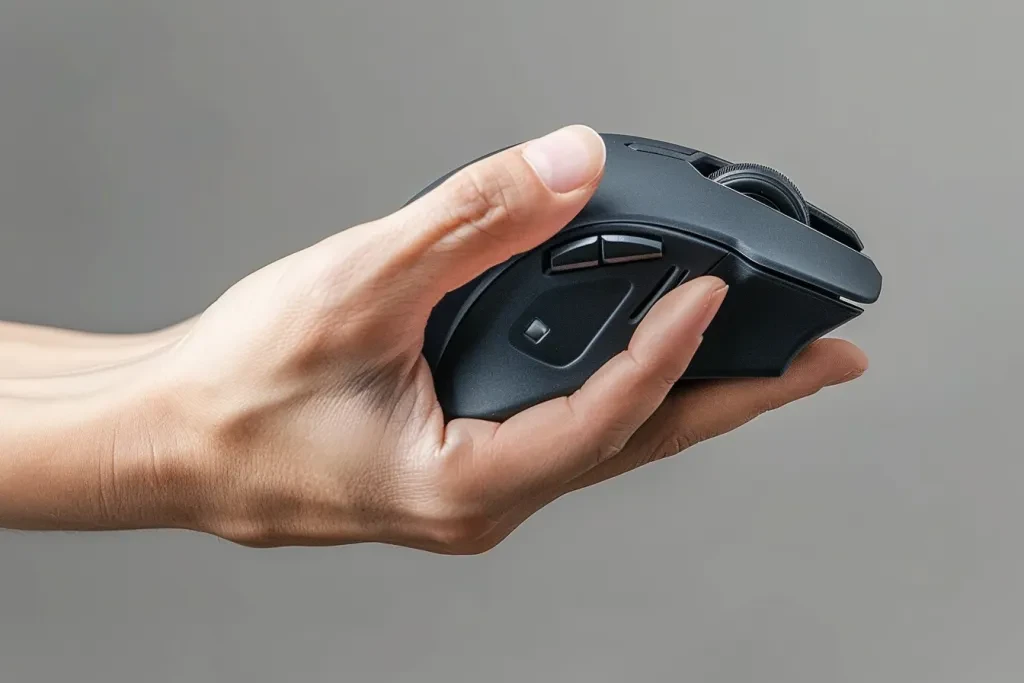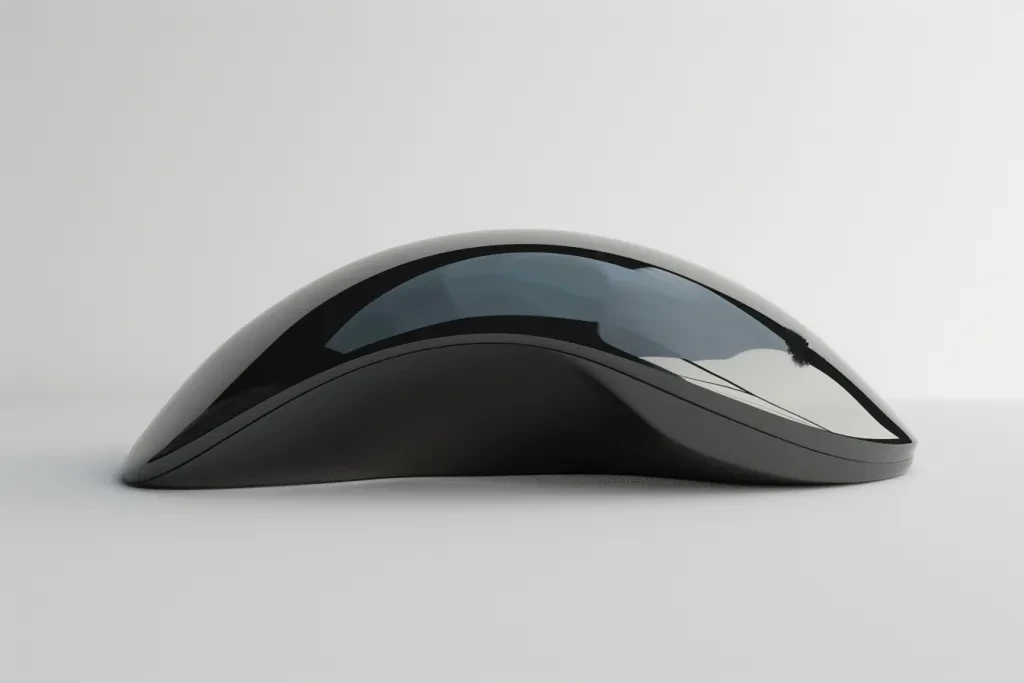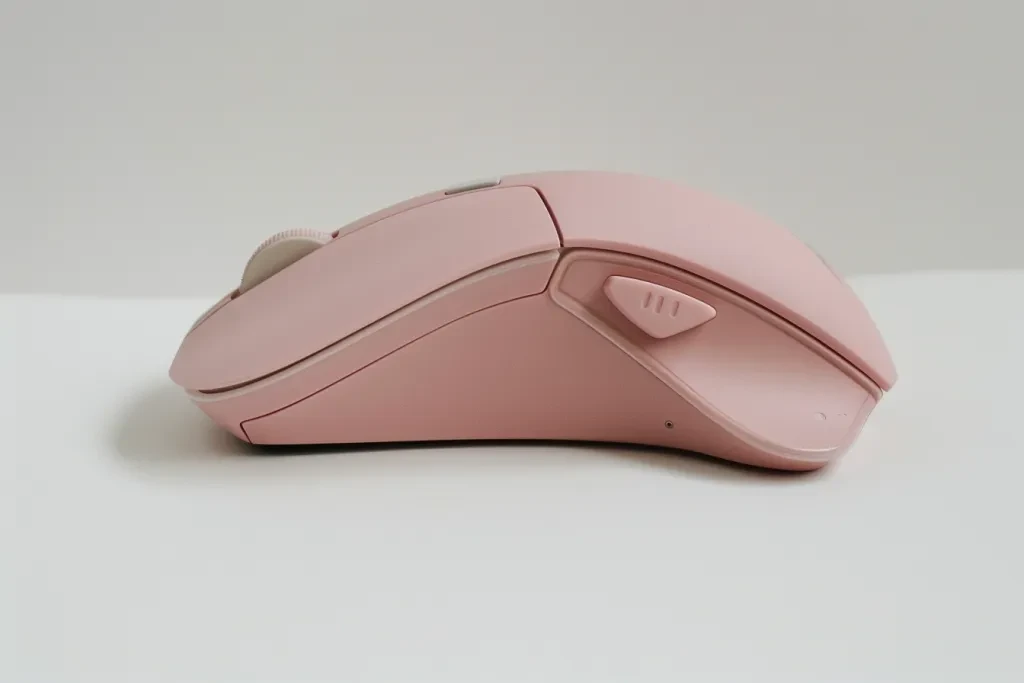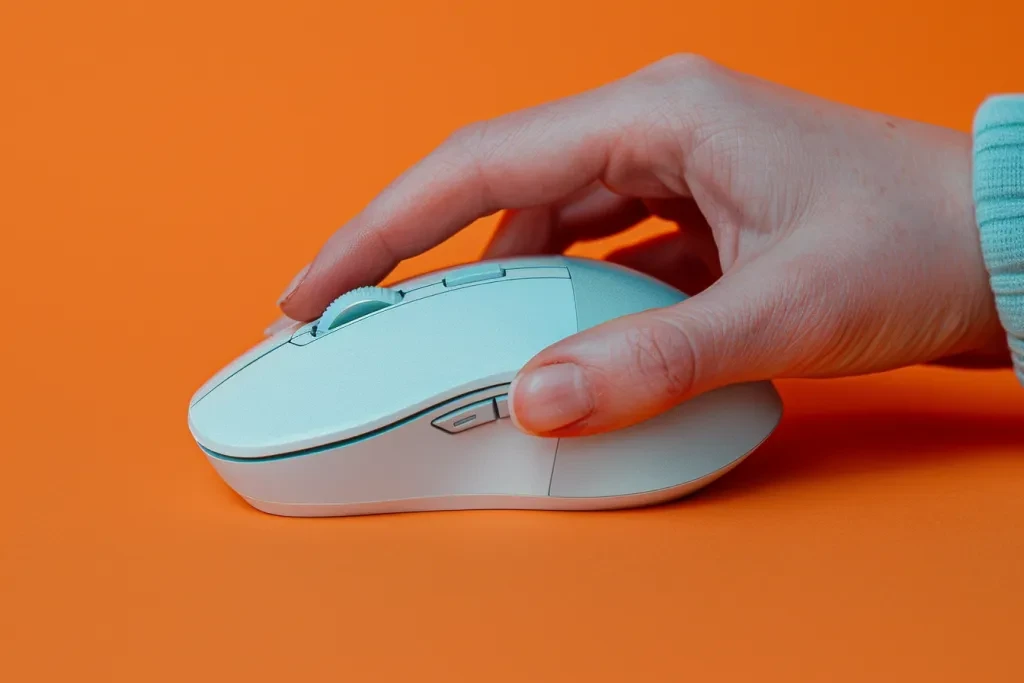In 2025, ergonomic products are more critical than ever, with remote work and office wellness gaining traction. This article provides an in-depth analysis of ergonomic mice, helping professional buyers make informed decisions. It offers valuable insights into market trends, product features, and the benefits of ergonomic solutions.
Table of Contents:
– The Booming Market for Ergonomic Mice
– Key Factors When Selecting Ergonomic Mice
– Latest Technology Features in Ergonomic Mice
– Durability and Quality of Ergonomic Mice
– Summarizing Thoughts
The Booming Market for Ergonomic Mice

Market Overview
The ergonomic mice market has seen substantial growth in recent years and is set to continue expanding. According to Research and Markets, the global ergonomic computer equipment market, which includes ergonomic mice, was worth approximately USD 3.2 billion in 2023 and is expected to reach USD 4.2 billion by 2030, growing at a compound annual growth rate (CAGR) of 4.1%. Additionally, the market for ergonomic computer equipment is forecasted to grow by USD 1.07 billion from 2023-2028, accelerating at a CAGR of 5.86%.
This growth is driven by increasing awareness of the health risks associated with prolonged computer use, such as repetitive strain injuries (RSIs) and carpal tunnel syndrome. The rise of remote work and the need for comfortable home office setups have also boosted demand for ergonomic solutions. Moreover, the corporate sector is investing in ergonomic equipment to enhance employee productivity and well-being.
Geographically, the Asia-Pacific region is expected to be the fastest-growing market, with a notable CAGR of 7.8% projected for China. The U.S. market remains substantial, worth USD 859.1 million in 2023. Europe and other regions also show promising growth, driven by similar trends in workplace health and remote working.
Detailed Market Analysis
The ergonomic mice market is diverse, with several key trends shaping its landscape. One significant trend is the increasing adoption of omnichannel strategies by vendors. This approach integrates online and offline sales channels, providing a seamless shopping experience and enhancing market reach.
Economic factors, such as rising disposable incomes and increased employment in the information technology sector, are driving demand for ergonomic mice. Seasonal demand patterns are also evident, with spikes in sales during back-to-school seasons and the holiday shopping period.
Distribution channels have shifted, with online sales gaining prominence due to convenience and wider product selection. However, offline channels, such as specialty stores and office supply retailers, remain crucial, especially for consumers who prefer to test products before purchase.
Recent innovations in the market include customizable features like adjustable DPI settings, programmable buttons, and designs tailored to different hand sizes and grips. Digitalization has further enhanced these products, with smart ergonomic mice offering real-time performance analytics and adaptive ergonomics.
Environmental regulations and social trends towards sustainability have led to the introduction of eco-friendly ergonomic mice made from recycled materials. Manufacturers are addressing customer pain points, such as the high cost of quality ergonomic products, through competitive pricing strategies and budget-friendly options.
Brand positioning strategies focus on highlighting the health benefits and productivity gains of ergonomic mice. Companies are also targeting niche markets, such as gamers and professionals with specific ergonomic needs, to differentiate their offerings and capture market share.
In summary, the ergonomic mice market is characterized by robust growth, driven by technological advancements, economic factors, and changing consumer preferences. As awareness of ergonomic health continues to rise, the demand for innovative and customizable ergonomic mice is expected to grow, presenting significant opportunities for vendors and manufacturers.
Key Factors When Selecting Ergonomic Mice

Types and Styles
When selecting an ergonomic mouse, understanding the various types and styles available is crucial. Common types include vertical mice, trackball mice, and pen mice. Vertical mice keep your hand in a handshake position, reducing wrist and forearm strain. Trackball mice allow cursor movement by rotating a ball with your thumb, minimizing arm movement. Pen mice mimic the shape and functionality of a pen, offering a natural grip and precise control.
Each type offers unique benefits tailored to different needs. Vertical mice are ideal for users with carpal tunnel syndrome or repetitive strain injuries due to their neutral wrist position. Trackball mice suit users with limited desk space or those needing high precision, like graphic designers. Pen mice provide fine control and accuracy, making them perfect for digital artists and engineers.
Consider your specific use case and ergonomic needs when choosing a mouse. Evaluate your most frequent tasks and select a type that complements your workflow. Trying out different styles can help you find the most comfortable option that reduces strain during extended use.
Performance and Functionality
Performance and functionality are critical when selecting an ergonomic mouse. Key metrics include DPI (dots per inch), polling rate, and response time. DPI measures sensitivity, with higher DPI settings allowing faster cursor movement, essential for precision tasks like gaming or graphic design.
The polling rate, measured in Hertz (Hz), indicates how often the mouse reports its position to the computer. A higher polling rate results in smoother and more responsive cursor movement. For professional use, a polling rate of at least 500Hz is recommended. Response time, the delay between moving the mouse and the cursor moving on the screen, should be minimal for a seamless experience.
Functionality also includes the number of programmable buttons, which can enhance productivity by allowing users to customize their mouse for specific tasks. Advanced ergonomic mice often feature additional buttons programmable for shortcuts, macros, or specific software functions, significantly improving workflow efficiency and reducing repetitive movements.
Design and Aesthetics
The design and aesthetics of an ergonomic mouse significantly impact user satisfaction and comfort. Ergonomic mice are designed to fit the natural contours of the hand, reducing strain and discomfort during prolonged use. Key design elements include shape, size, and weight. A well-designed ergonomic mouse should provide a comfortable grip, support the wrist, and reduce pressure points.
Aesthetics also influence user preference and satisfaction. Many ergonomic mice come in various colors and finishes, allowing users to choose one that matches their style or office decor. Some models feature customizable RGB lighting, adding a touch of personalization and enhancing the workspace’s overall look.
When selecting an ergonomic mouse, consider both form and function. A mouse that looks good but is uncomfortable won’t provide the needed ergonomic benefits. Find a balance between design, aesthetics, and ergonomic functionality.
Materials and Build Quality
The materials and build quality of an ergonomic mouse determine its durability and comfort. High-quality materials, such as premium plastics, rubberized grips, and metal components, contribute to a robust and long-lasting product. These materials enhance durability and provide a comfortable, secure grip.
Build quality affects overall performance and longevity. A well-constructed ergonomic mouse should feel solid, with no creaking or flexing under pressure. The buttons should have a satisfying click, and the scroll wheel should operate smoothly without wobbling. High build quality ensures reliability and functionality even after extended use.
Consider the environmental impact when evaluating materials and build quality. Some ergonomic mice are made from eco-friendly materials like recycled plastics or sustainably sourced components. Choosing a sustainable mouse can reduce your environmental footprint while still providing ergonomic benefits.
Price Range and Budget
Price range and budget are important considerations when selecting an ergonomic mouse. Ergonomic mice are available at various price points, from budget-friendly options to high-end models with advanced features. The price often reflects materials, build quality, and additional functionalities.
For budget-conscious buyers, many affordable ergonomic mice offer basic benefits without compromising essential features. These mice typically have a simple design, fewer programmable buttons, and standard performance metrics, suitable for those needing an ergonomic solution without advanced customization.
High-end ergonomic mice come with premium materials, superior build quality, and advanced features like customizable DPI settings, multiple programmable buttons, and wireless connectivity. These mice are ideal for users requiring high performance and additional functionalities to enhance productivity and comfort.
Consider your specific needs and the most important features when setting a budget. Investing in a high-quality ergonomic mouse can provide long-term benefits, including reduced strain, improved comfort, and increased productivity.
Latest Technology Features in Ergonomic Mice

Ergonomic mice have seen significant technological advancements, enhancing functionality and user experience. One of the latest features is wireless connectivity, offering greater flexibility and freedom of movement. Wireless ergonomic mice often use Bluetooth or proprietary wireless technology, eliminating cables and reducing desk clutter.
Another cutting-edge feature is adjustable DPI settings, allowing users to customize mouse sensitivity to suit their needs. High-end ergonomic mice often come with software for fine-tuning DPI settings and creating profiles for different tasks or applications, ensuring optimal performance and comfort.
Advanced ergonomic mice also incorporate high-precision sensors like laser or optical sensors, providing accurate and responsive tracking on various surfaces. These sensors enhance precision and control, making them ideal for tasks requiring fine detail, such as graphic design or gaming. Additionally, some ergonomic mice feature customizable RGB lighting, allowing users to personalize their mouse’s appearance and create a visually appealing workspace.
Durability and Quality of Ergonomic Mice

Durability and quality are essential when selecting an ergonomic mouse. A durable mouse withstands daily use, ensuring long-term reliability and performance. High-quality ergonomic mice are typically constructed from robust materials like premium plastics, metal components, and rubberized grips, enhancing longevity and comfort.
Quality is also reflected in construction and design. A well-built mouse should feel solid and sturdy, with no creaking or flexing under pressure. The buttons should have a satisfying click, and the scroll wheel should operate smoothly without wobbling. High-quality ergonomic mice provide a consistent and reliable user experience, even after extended use.
Consider the manufacturer’s reputation and any industry awards or certifications the product may have received when evaluating durability and quality. Recognitions like the Red Dot Design Award or certifications from the International Ergonomics Association can assure quality and ergonomic benefits.
Summarizing Thoughts
In conclusion, selecting the right ergonomic mouse involves considering various factors, including types and styles, performance and functionality, design and aesthetics, materials and build quality, price range and budget, latest technology features, durability and quality, and customer support and warranty options. By carefully evaluating these factors, you can find an ergonomic mouse that meets your specific needs and enhances your comfort and productivity.





 Afrikaans
Afrikaans አማርኛ
አማርኛ العربية
العربية বাংলা
বাংলা Nederlands
Nederlands English
English Français
Français Deutsch
Deutsch हिन्दी
हिन्दी Bahasa Indonesia
Bahasa Indonesia Italiano
Italiano 日本語
日本語 한국어
한국어 Bahasa Melayu
Bahasa Melayu മലയാളം
മലയാളം پښتو
پښتو فارسی
فارسی Polski
Polski Português
Português Русский
Русский Español
Español Kiswahili
Kiswahili ไทย
ไทย Türkçe
Türkçe اردو
اردو Tiếng Việt
Tiếng Việt isiXhosa
isiXhosa Zulu
Zulu